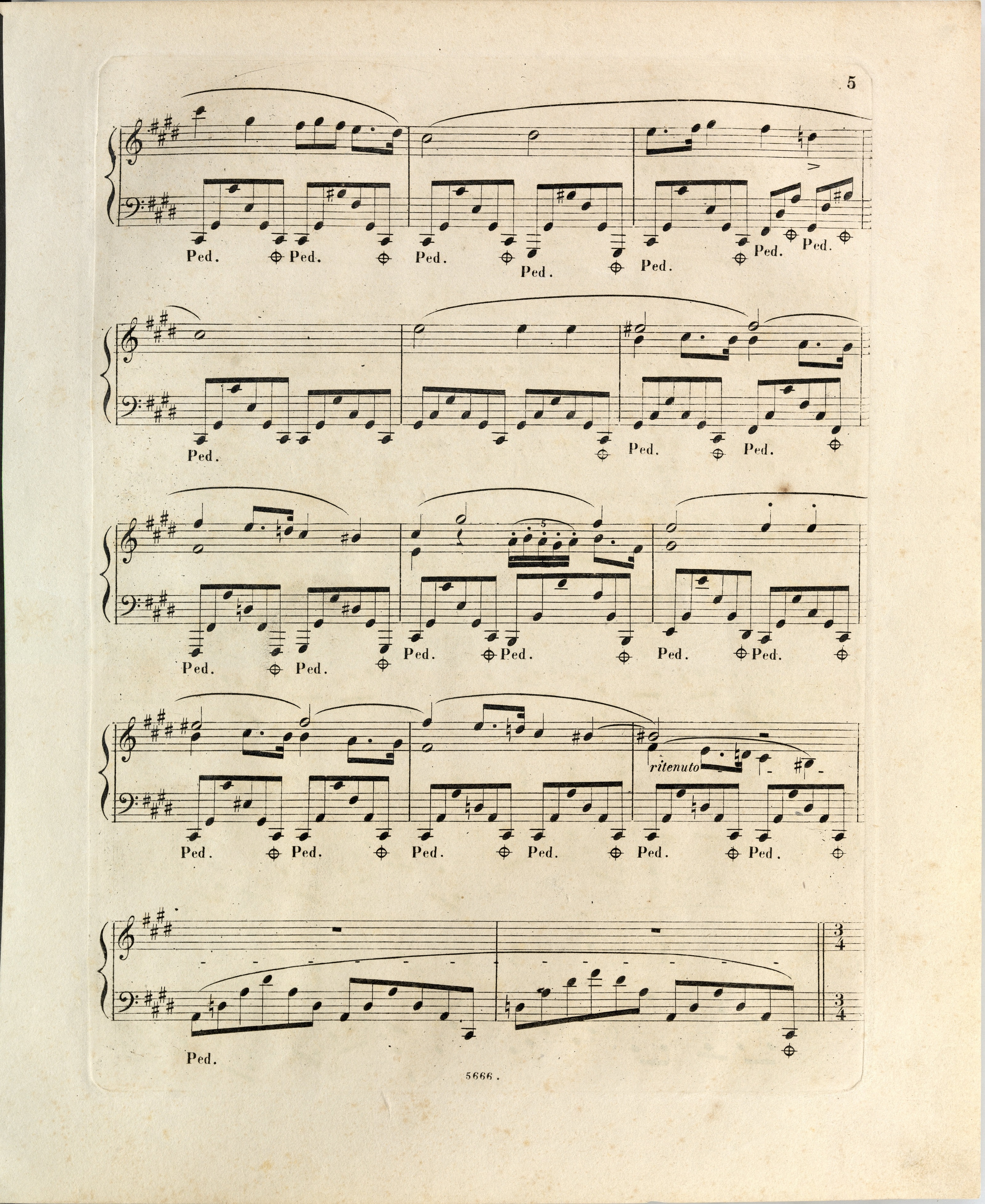



Page:
Source:
p. 5, b. 15-28
GE1 - First German Edition
Prezentacja
Select

In bar 15 in GE (→FE→EE), the semiquaver in the figure  was moved beyond the 3rd note of the triplet in the accompaniment, similarly in bars 17, 20-22, 24-26. This inauthentic notation, misleading for the performer, was used throughout the Nocturne.
was moved beyond the 3rd note of the triplet in the accompaniment, similarly in bars 17, 20-22, 24-26. This inauthentic notation, misleading for the performer, was used throughout the Nocturne.
See b. 5-13
Compare the passage in the sources »
category imprint: Interpretations within context
issues: GE revisions, Dotted rhythms and triplets
notation: Rhythm
Missing markers on sources:
FES




